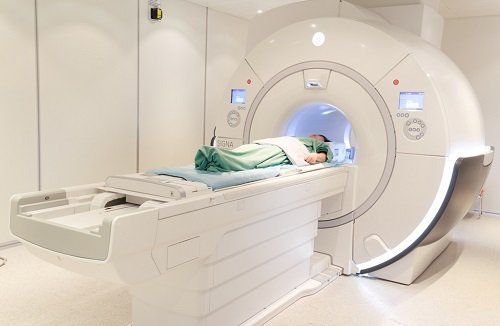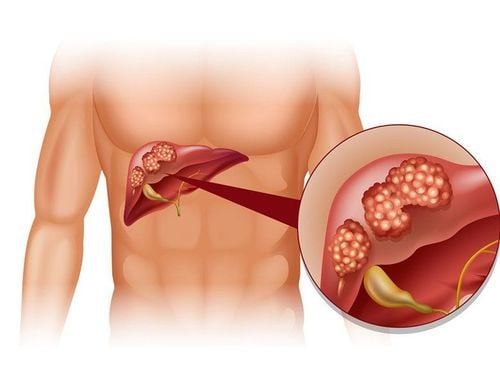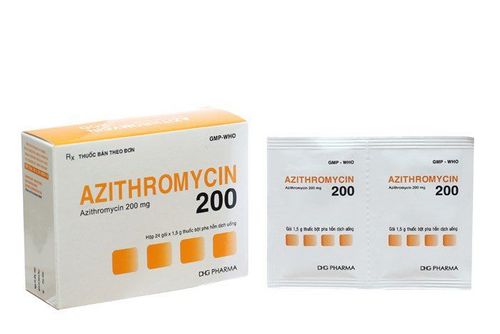This is an automatically translated article.
The article is professionally consulted by Master, Resident Doctor Nguyen Van Anh - Radiologist - Department of Diagnostic Imaging and Nuclear Medicine - Vinmec Times City International General Hospital.Chronic obstructive pulmonary disease is one of the chronic respiratory diseases, causing chronic shortness of breath and often triggering exacerbations causing respiratory failure. Magnetic resonance ventilation of the lungs to diagnose chronic obstructive pulmonary disease is one of the effective methods not only to evaluate the function but also to help investigate the morphology of the airways.
1. What is chronic obstructive pulmonary disease?
Chronic obstructive pulmonary disease (COPD) is a disease that includes two main conditions, obstructive bronchitis and emphysema. It is also the most common respiratory disease in adults in developed countries. develop.Chronic obstructive pulmonary disease is chronic inflammation and swelling of the air passages, making them smaller than normal. This narrowing prevents air from coming out during the patient's expiration, causing air retention. Over time, the alveoli are dilated, the damaged alveolar walls lose their elasticity. The result is the formation of stagnant air sacs in the lungs. This is called emphysema.

2. Diagnosis of chronic obstructive pulmonary disease
Chronic obstructive pulmonary disease is diagnosed based on a combination of respiratory symptoms such as dyspnoea, persistent cough, and sputum production, combined with a history of exposure to risk factors such as smoking, occupation, and smoking. and environmental pollution.Clinically, emphysema can be seen on chest X-ray or CT-scan. However, to confirm the diagnosis of COPD, the patient should be measured with respiratory function with the presence of obstructive airways syndrome, decreased FEV1; increase the volume of residual gas.
In addition to the pulmonary function test by pulmonary function measurement, the patient can be assessed for respiratory function by magnetic resonance imaging of the lungs. This is considered a new tool that brings many advantages in COPD diagnosis, not only assessing respiratory function but also surveying the morphological characteristics of the patient's airways.
3. Should MR imaging of the lungs be used to diagnose chronic obstructive pulmonary disease?

Using highly polarized H-MRI Helium-3 or Xenon X129 gas isotopes helps to increase the density of protons in the airways, thereby increasing the signal on MRI. These signals allow assessment of airway flow and residual lung capacity.
In addition to evaluating pulmonary ventilation function in chronic obstructive pulmonary disease, magnetic resonance ventilation is also indicated in other respiratory diseases such as bronchial asthma, pulmonary fibrosis, and lung function assessment. after lobectomy. Contraindications to MR imaging are mainly contraindications to MR imaging such as the implantation of metal-based electronic devices, the implantation of intracranial surgical facilities, and cavities. eyes, blood vessels < 6 months, patients in emergency state need resuscitation equipment nearby.
For patients with contraindications to pulmonary function testing, magnetic resonance imaging of the lungs can be indicated, avoiding complications when performing respiratory function measurement. In addition to functional assessment, MR imaging of the lungs also provides a comprehensive view of the morphology of the airways, helping to predict the necessary treatment (medical or surgical) for the patient. .
Vinmec International General Hospital put into use the magnetic resonance imaging machine 3.0 Tesla Silent technology. Magnetic resonance imaging machine 3.0 Tesla with Silent technology of GE Healthcare (USA).
● Silent technology is especially beneficial for patients who are children, the elderly, weak health patients and patients undergoing surgery
● Limit noise, create comfort and reduce stress customers during the shooting process, helping to capture better quality images and shorten the shooting time.
● Magnetic resonance imaging technology is the technology applied in the most popular and safest imaging method today because of its accuracy, non-invasiveness and non-X-ray use.
Master, Doctor resident Nguyen Van Anh graduated as a Resident Doctor of Diagnostic Imaging at Hanoi Medical University and attended training in Teaching Competence and Scientific Research at the University of Sydney, Australia. Internship at Concord Hospital Radiology Department, Sydney, Australia. Dr. Van Anh has strengths in magnetic resonance imaging, computed tomography, X-ray, ultrasound; specialized in musculoskeletal imaging; tumor biopsies (bone, lung, liver...) under the guidance of computed tomography and ultrasound; aspiration cytology (lymph nodes, thyroid, breast,...); Drain the abscesses under ultrasound guidance.
Please dial HOTLINE for more information or register for an appointment HERE. Download MyVinmec app to make appointments faster and to manage your bookings easily.














